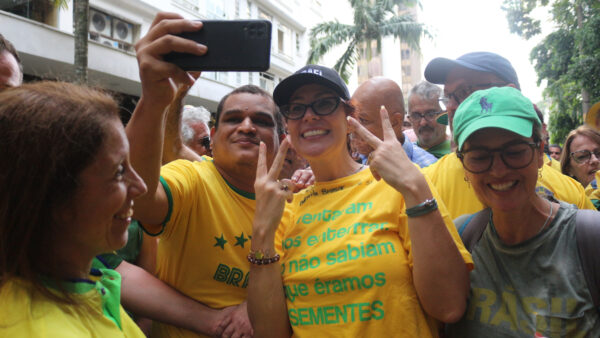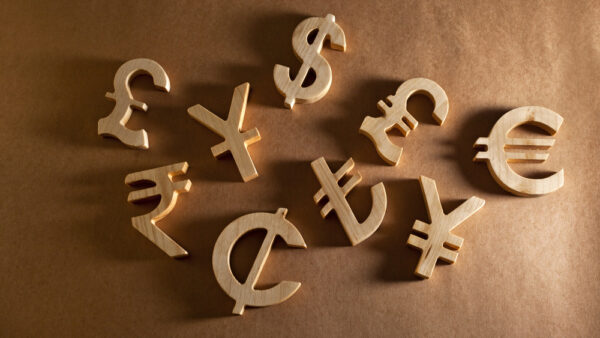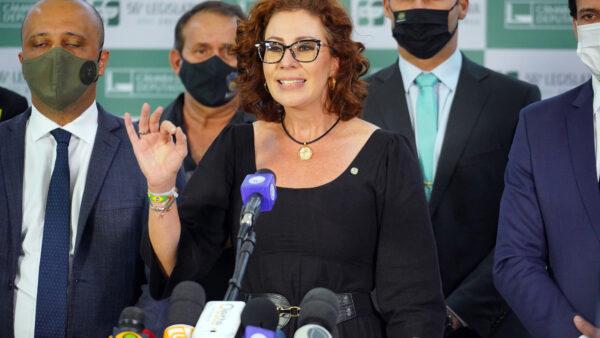Brazil’s elections on October 7 produced a rather predictable result, reflecting at all levels what the presidential polls were showing us: a face-off between far-right Jair Bolsonaro and left-wing Fernando Haddad.
There were, however, some surprises in there, such as the astounding increase of party fragmentation in Congress, the amazing success of Mr. Bolsonaro’s party in legislative races, the crushing defeats of political chiefs in senatorial and gubernatorial elections, and the unexpected rise of some candidates for governor.
In 2019, our party system will become even more fragmented than it already is, with a grand total of 30 parties represented in the lower house. The effective number of parties, a concept used in political science to measure the real weight of parties in a legislature, went up to 16.5 – as calculated by political scientist Jairo Nicolau.
It is not just the highest index in the world, it is also three times the effective number of parties in Belgium (fewer than 6), which comes in second. The highest number ever registered in Europe came in the old Czechoslovakia, with 10, between 1920 and 1938.
The next president will have a hard time organizing his support base, as coordinating so many parties in the same direction is no easy task. Besides, important parties such as President Michel Temer’s Brazilian Democratic Movement party, the Brazilian Social Democracy Party, and the Democrats party were...


 Search
Search






































